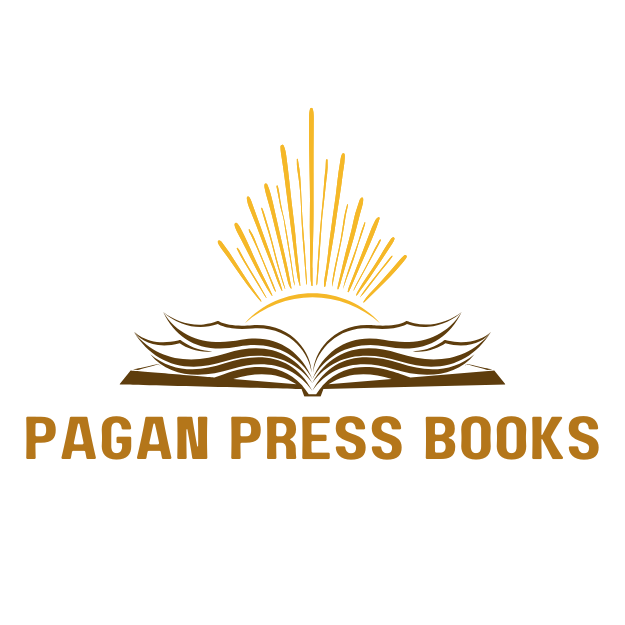Table of Contents
ToggleIf we’ve learned anything, it’s that storytelling is like a good pizza, everyone loves it, but everyone wants different toppings. Creative writing is our way of crafting narratives that linger like the scent of fresh dough wafting through the air. So, whether you’re keen to spin a captivating tale or just curious about what creative writing really means, you’ve come to the right place. Buckle up, as we introduce you to a world rich with imagination, emotion, and endless possibilities.
Creative Writing Meaning
Creative writing is not merely about putting pen to paper. It’s an art form, a means of expressing our thoughts, feelings, and experiences in unique ways. When we engage in creative writing, we strive to evoke emotions, provoke thoughts, and transport our readers to different worlds. It includes everything from poetry to prose, and while the restrictions on structure might vary, the essence remains the same: creativity. Think of it as a playground for ideas, where the only rule is to let our imaginations run wild.
Key Elements of Creative Writing
To truly grasp creative writing, we must consider its fundamental elements. Here are some key components that underpin our creative endeavors:
- Imagery: We paint pictures with words, conjuring vivid images in our readers’ minds. Effective imagery brings our writing to life.
- Characterization: Characters are the heartbeat of our stories. They must feel real, flawed, and relatable.
- Plot: Every good story has a conflict and resolution. We construct plots that captivate and engage.
- Theme: This is the underlying message or moral of our stories. It’s what we want our readers to ponder long after they’ve read our work.
- Voice: Our unique writing style sets us apart. It’s the tone, diction, and perspective we choose to convey our stories.
Types of Creative Writing
Creative writing spans a diverse range of genres. Here’s a sneak peek at some popular forms:
- Fiction: This encompasses novels and short stories. We create entire worlds and characters that might never exist outside our imaginations.
- Poetry: A beautiful blend of rhythm, rhyme, and imagery. This form allows us to express deep feelings in a condensed format.
- Creative Non-Fiction: Here, we tell true stories but embellish them with narrative techniques reminiscent of fiction.
- Scripts: Whether for film, television, or theater, scripts are crafted to bring our stories to life on screen or stage.
- Flash Fiction: Short, vivid stories often packed with meaning. This form challenges us to be concise yet impactful.
Benefits of Creative Writing
Diving into creative writing offers us a treasure trove of benefits:
- Enhances Communication Skills: Writing helps us articulate our thoughts clearly and effectively.
- Boosts Creativity: The act of writing fuels our imagination and encourages innovative thinking.
- Emotional Outlet: It provides a safe space to express our emotions and experiences, often leading to personal insights.
- Builds Confidence: Sharing our written work can foster a sense of achievement and boost our self-esteem.
- Connects Us with Others: Through our stories, we resonate with readers, creating bonds based on shared experiences and emotions.
Tips for Aspiring Creative Writers
Are we ready to embark on our creative writing journey? Here are a few tips to help us refine our craft:
- Read Widely: The more we read, the better we write. Absorb different styles and techniques.
- Write Regularly: Practice makes perfect. Set aside time each day to write, even if it’s just a few sentences.
- Revise and Edit: First drafts are rarely perfect. Revising helps us polish our work and elevate our writing.
- Join a Writing Group: Feedback from peers can provide valuable insights and encouragement.
- Don’t Fear Failure: Every writer faces rejection. Embrace it as part of the journey.




